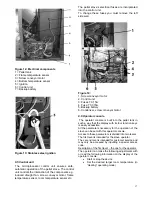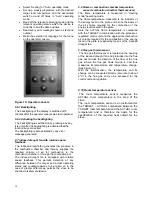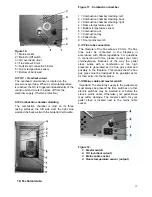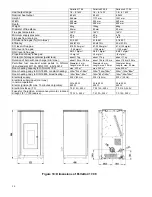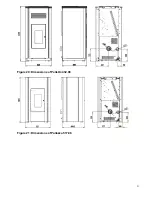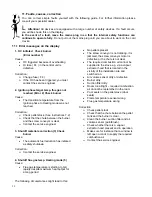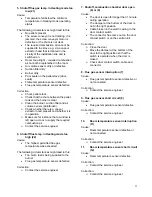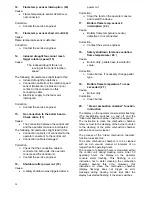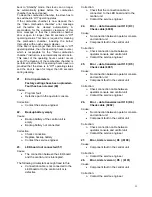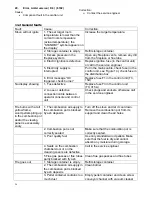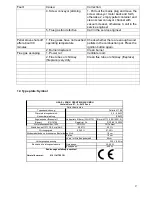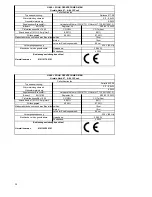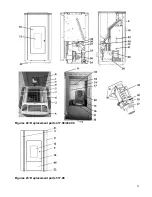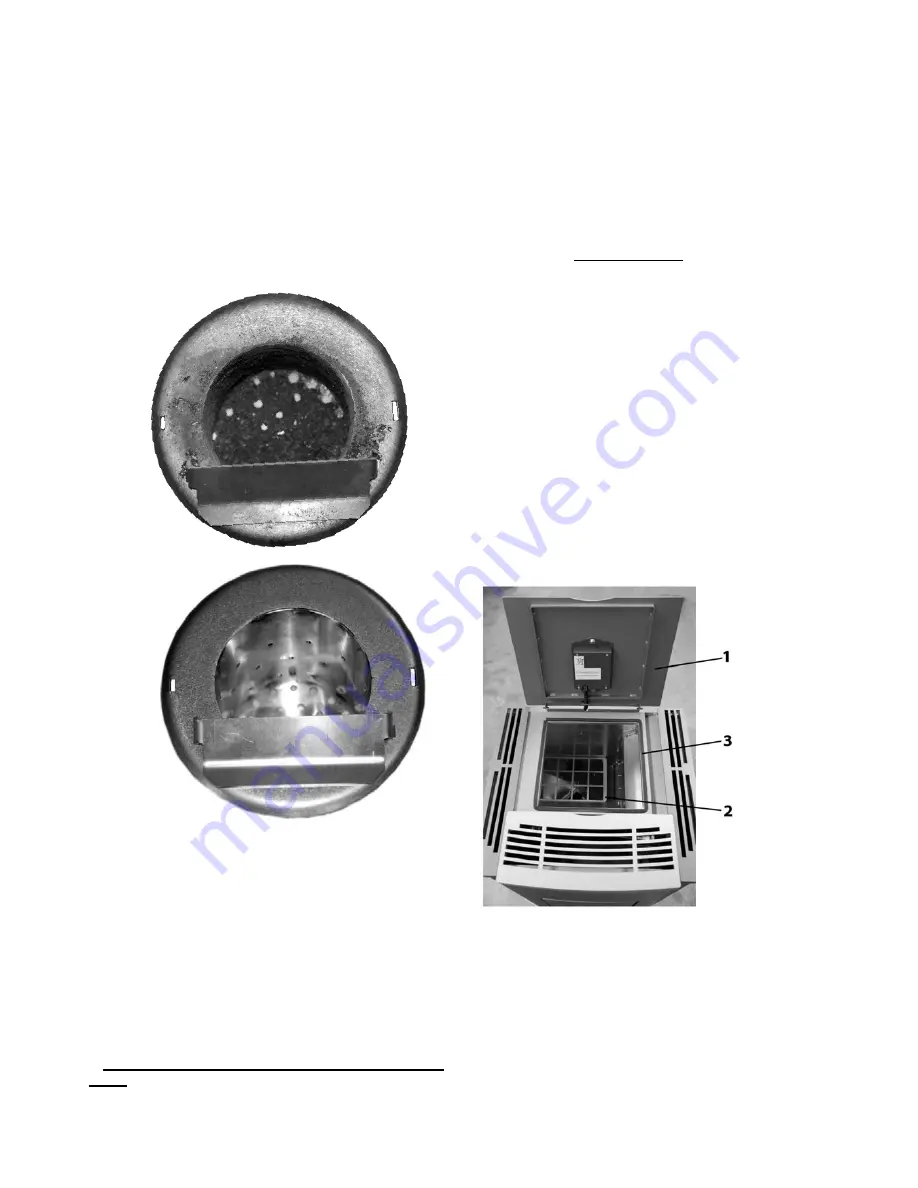
14
Cleaning the
combustion pot may only be done
with a cooled down stove in “OFF” operating mode.
Otherwise there is a risk of burns!
To this end the combustion pot must be removed from
the stove. Once the combustion pot has been removed,
any residual ash that is in the stove underneath the
combustion pot must also be removed.
After cleaning, the combustion pot is to be put back into
the right position in the burner seat. Check the correct
seating of the combustion pot again so as to avoid poor
seals.
A visual check of the dirt on the burner and the
combustion chamber for combustion residues must
be carried out by the operator at regular intervals!!!
Figure 5: Burner dirty
Figure 6: Burner clean
The cleaning intervals for the combustion pot and the
glass panel depend directly on the quality of the wood
pellets (high ash content) and may vary between a few
hours of combustion and several days.
8.4 Removing the ash from the combustion
chamber
To thoroughly clean the ash out of the combustion pot
and the combustion chamber, the pellet stove must be in
a
cooled down condition and in the OFF operating
mode.
Procedure:
Press the left key on the operator console repeatedly
until the Info screen appears – then press the right key
(Menu) – with the two middle keys move the cursor to
Operating Modes – press the right key (Select) – with
the two middle keys move the cursor to OFF – press the
right key (Save) - the stove begins to cool down.
Once the stove has completely cooled down, cleaning
work can begin.
Attention!!
The stove’s Cooling down programme is ended after
about 15 minutes. The stove may still be hot after
the end of the cooling down phase.
Do not start cleaning until the stove is completely
cooled down! “Risk of burns!”
The frequency of ash removal depends directly on the
quality of the wood pellets used. We recommend
removing the ash from the combustion chamber with an
ash vacuum cleaner.
8.5 Cleaning the pellet container
Heat the pellet stove until the storage tank is completely
empty. Then the protective grille (2) in the pellet tank
may be removed. Then clean the tank and the intake of
the screw conveyor housing with a vacuum cleaner.
After cleaning, it is essential to put back the protective
grille. When doing this, make sure that no screws fall
into the pellet tank so as to avoid consequential damage
to the screw conveyor.
Figure 7: Pellet tank
1 = Pellet tank cover
2 = Protective grille
3 = Tank cover seal

















